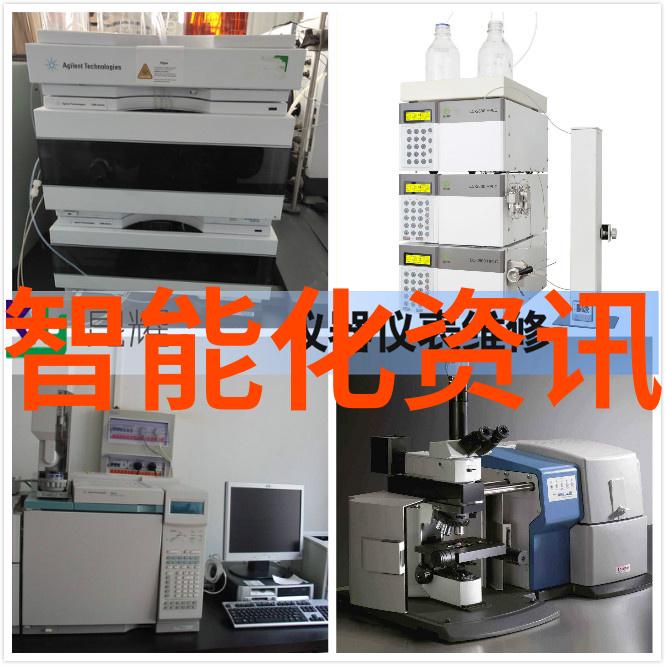工业废气的危害与治理策略
空气污染

工业废气是指由工业生产过程中排放到大气中的有害物质,它们可以直接或间接地对环境造成严重破坏。其中,氮氧化物、硫氧化物和挥发性有机化合物(VOCs)是最常见的工业废气成分,这些污染物会导致酸雨、臭氧层薄弱以及对呼吸系统的伤害。例如,在中国,一些地区由于工业排放过多,已经出现了严重的霾天现象,对居民健康和农业生产造成了巨大影响。
生态系统破坏

Industrial waste gas can also damage the ecosystem by altering the natural balance of elements in the environment. For example, sulfur dioxide and nitrogen oxides from industrial emissions can react with water vapor and oxygen in the atmosphere to form acid rain, which damages trees, crops, and aquatic life. In addition, VOCs can contribute to the formation of ground-level ozone (smog), which harms vegetation and wildlife.
经济损失

The economic impact of industrial waste gas is significant as it leads to increased healthcare costs for respiratory problems caused by air pollution, loss of productivity due to reduced visibility during smog events, damage to buildings and infrastructure from acid rain corrosion etc., In some cases industries are forced to close down or relocate due to stringent regulations imposed on them.
健康问题

Exposure to industrial waste gases has been linked with various health problems including respiratory diseases such as asthma bronchitis chronic obstructive pulmonary disease (COPD) lung cancer cardiovascular diseases neurological disorders reproductive issues developmental disorders etc., Children are more susceptible than adults because their lungs are still developing.
治理措施与未来趋势

The control of industrial waste gas emissions is essential for mitigating these negative impacts on human health environmental quality & economic development Many countries have implemented strict regulations on emissions limits technology standards & enforcement mechanisms Several technologies such as electrostatic precipitators fabric filters scrubbers wet ESPs dry ESPs baghouses catalytic converters selective non-catalytic reduction (SNCR) selective catalytic reduction (SCR) flue-gas desulfurization FGD systems etc., have been developed for this purpose Furthermore renewable energy sources like solar wind hydroelectric power nuclear energy biomass fuel cell technology electric vehicles green building materials etc., hold promise in reducing our dependence on fossil fuels thereby decreasing greenhouse gas emissions while promoting sustainable development



